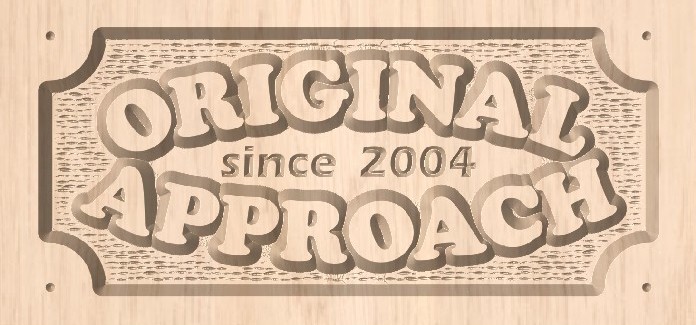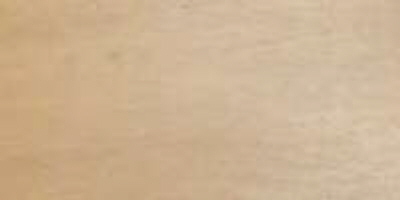|
BOTANICAL NAME: Turraenanthus africanus of the Family Meliaceae, the mahogany
family
COMMON NAMES: Blimah-pu (Liberia), Apapaye (Ghana), Lusamba (Zaire), Apaya
(Nigeria), apeya, appayia, blimah-pu, olon, lusamba, agbe, esu, engen, African
satinwood, African furniture wood, African white mahogany, white mahogany
TYPE:
COLOR: Heartwood creamy white to pale yellow, darkening to a gold yellow;
sapwood not differentiated. Long exposure to light darkens the wood
considerably. I've seen veneer sheet turn from light gold to deep golden brown,
and experts usually warn that avodire veneer should never be exposed to
sunlight.
Experts recommend covering veneer to protect it from light damage.
GRAIN: straight, wavy, or irregularly interlocked, has an attractive mottled or
wavy figure if quartered, and otherwise frequently has an attractive wavy grain
pattern.
My own experience has always been that it has interlocked grain, and the veneer
can have the a really stunning wavy pattern that looks exactly like the top of a
field of golden wheat in a mild wind. This effect is so strong that it creates
what amounts to an optical illusion; your eyes will tell you that a piece has a
rippled surface even though your fingers will tell you that it is smooth as
glass.
TEXTURE: moderately fine, it has a deep natural luster and has been compared to
other fine furniture woods, specifically satinwood and mahogany.
PROPERTIES / WORKABILITY: Medium density, saws well and works easily with hand
and machine tools. For planing with interlocked grain, experts recommend a
cutting angle of 15 to 20 degrees to avoid tearing. Pre-drill for nail and screw
joints. good gluing and veneering properties
DURABILITY: nondurable and extremely resistant to preservative treatments;
sapwood permeable. Reported to be moderately resistant to termite attack.
FINISH: finishes well with a variety of finishes.
STABILITY: Movement in service is rated as small.
BENDING: one report said poor steam bending classification, one said medium
bending properties
ODOR:
SOURCES: West Africa, from Sierra Leone to the Congo region and Angola; most
common in the eastern region of the Ivory Coast, scattered elsewhere. Found near
streams and lakes. also grows in Cameroon, Gabon, and Zaire.
USES: marquetry, fine furniture, fine joinery, decorative veneers, cabinetwork,
paneling. The “fancy” figured wood is sliced into veneer and used for a variety
of high-end applications around the world. Avodiré veneer is used in cabinetry,
furniture, wall paneling and other architectural woodworking installations,
doors and marquetry. It is especially popular for use in store fixtures, as well
as luxury interiors. The wood is also popular as an accent wood.
TREE: Average height is 115 feet with irregular bole clear to 50 feet, trunk
diameter 2 to 3 ft.
WEIGHT: averages about 34 pounds per cubic foot, with a specific gravity of .48
to .55.
DRYING: Avodiré dries fairly rapidly, but experts recommend care in drying to
avoid its tendency to warp, check and cup. Existing end checks are liable to
extend.
AVAILABILITY: readily available from exotic wood vendors.
COST: moderate --- $7 to $10 per BF
|




